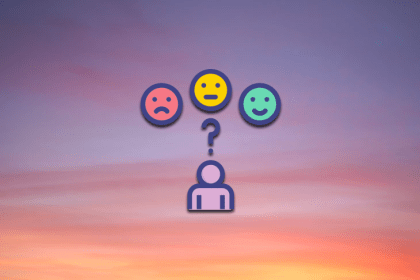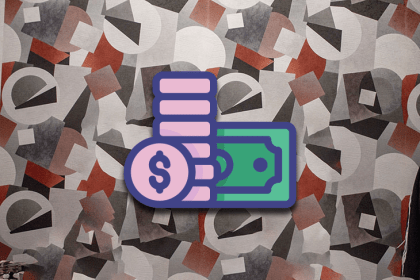
You don’t want customers to have to find your product. Instead, you want them to be part of its evolution from the start.

A value proposition is what you expect to be the reason why customers will choose your product or service over another.

A needs assessment is a systematic process used to identify, analyze, and evaluate gaps between the current and desired situation.

Business value is important because you want to ensure that you deliver on customer experience while focusing on areas that will drive the business forward.

Over the last decade, I’ve had the chance to be a product manager in different organizations, from start-ups to well-established companies.

Product strategy is the bridge between vision and execution. It clearly states the key bets you’re making.

If handled poorly, product ops can slow down your product teams and significantly strain your business operations costs. Unfortunately, many companies don’t have a dedicated team to handle this crucial process.

Like an MVP, an MVE aims to be the best representation of the final product or solution but in a compact and lightweight package.

Product virality is the most efficient, cheapest, and yet hardest-to-grasp growth engine you can build. Learn how to improve the virality of your product based on examples from companies like Snapchat, Uber, and Dropbox.

In simple terms, a product-led growth model is a type of business model where the product itself drives all core business activities.

If customers question why they need some of the most innovative products of our time, are innovation and customer focus at odds with each other?

A balanced scorecard provides a comprehensive overview of how a company is performing currently, taking into account finances, operational processes, customer satisfaction, and employee performance.